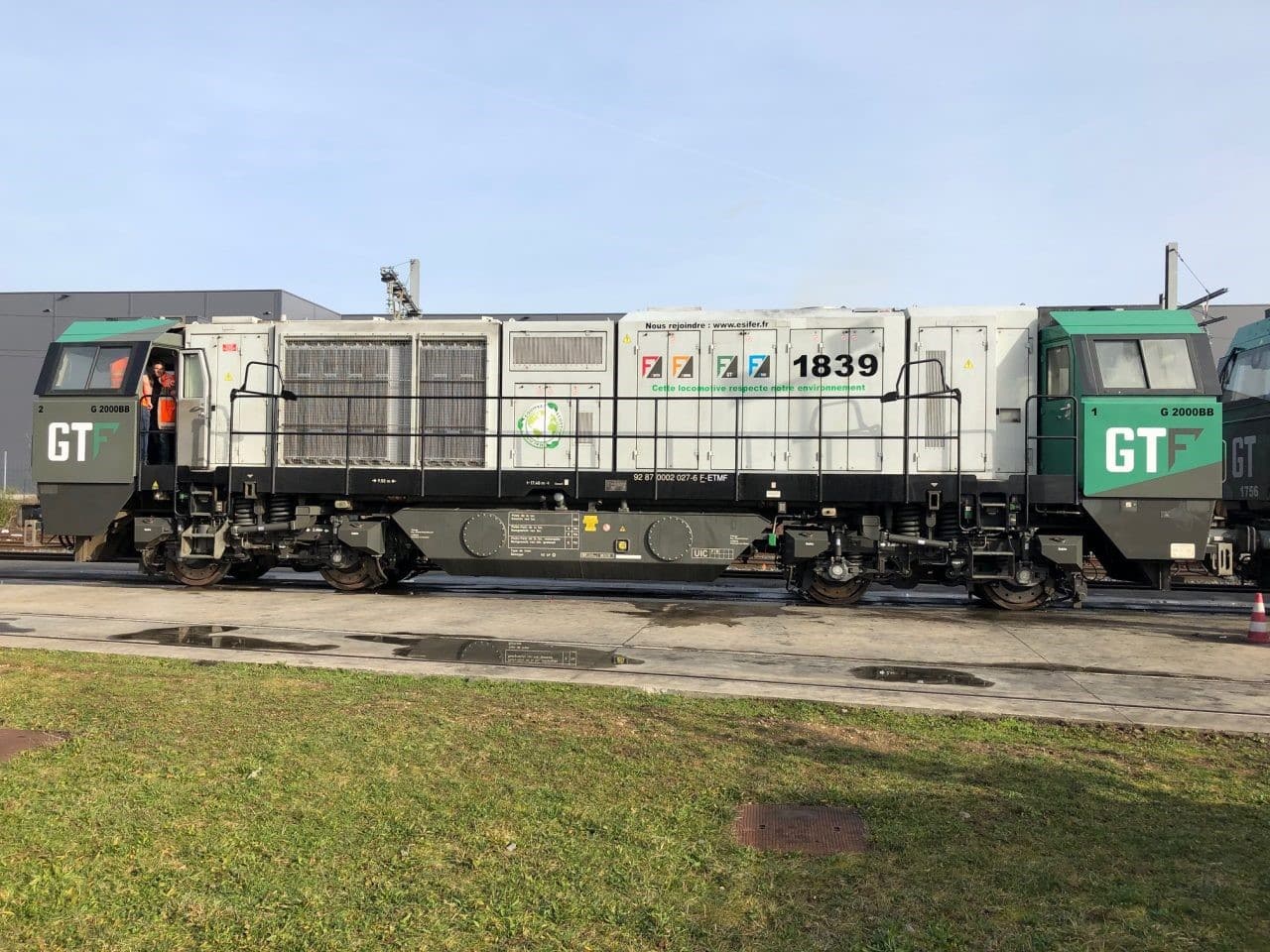
Ecostop Project: the “Start n Stop” railway
The “EcoStop” Start n Stop system designed by Colas Rail, a subsidiary of the Bouygues Group, stops the main diesel engine when the trains are parked or waiting, while maintaining comfort in the…
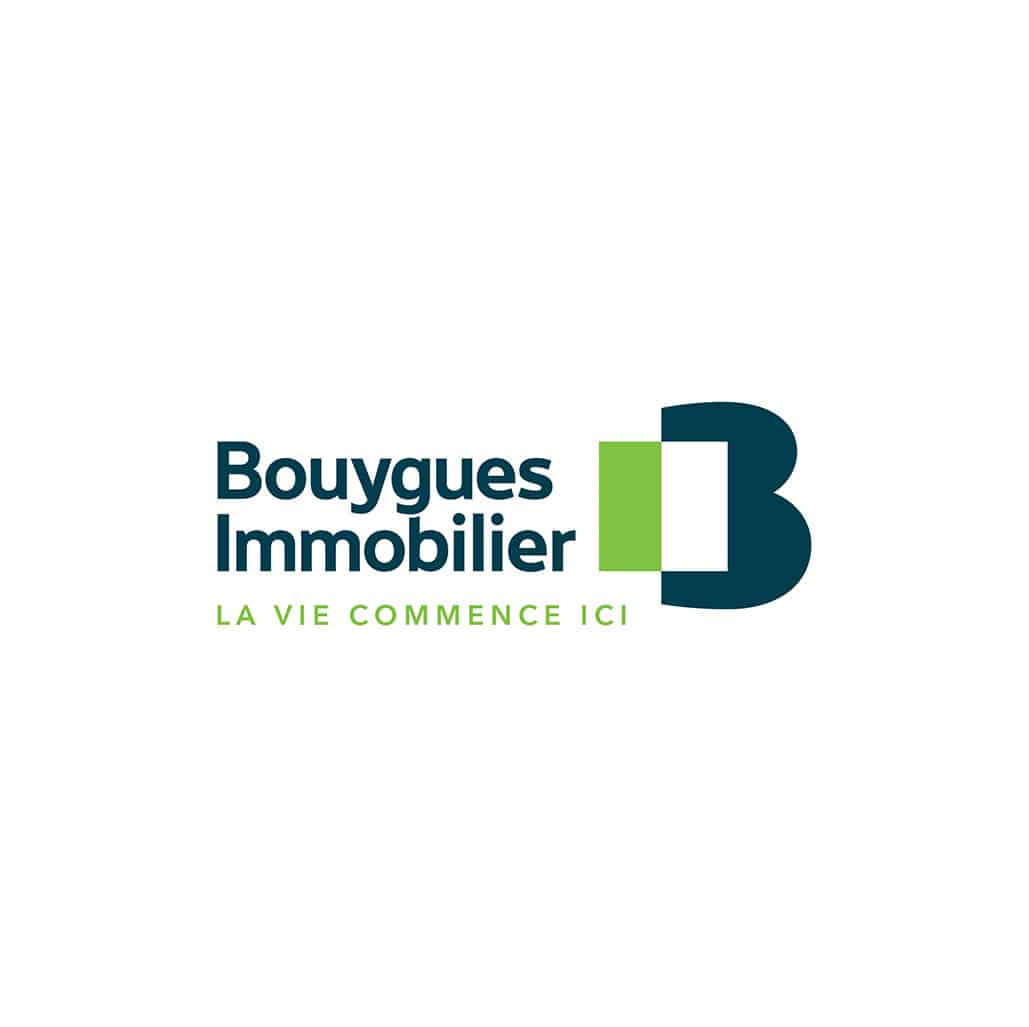
Construction of a low-energy building, producing its own energy and injecting the excess into the network (positive energy building).
IntenCity, located on the Presqu’île de Grenoble, is a 27,000 m² building (concrete structure, steel-aluminium façade) co-designed by its users (Schneider Electric teams) to make it their new campus. It is a demonstration of the Group technologies.
IntenCity incorporates advanced technologies for controlling energy consumption while promoting the well-being of users. Designed in BIM (Building Information Modeling), its digital twin allows the verification and optimization of its consumption : 50,000 data are collected every 10 minutes to optimize comfort and energy control.
Apps allow the user to modulate the comfort of his environment himself, to visualize the availability of shared resources (availability of rooms, waiting time at the restaurant, etc.) and to program their uses. This tailor-made management is precursor and is essential in the age of networking, combining on site and remote working.
IntenCity marks the appearance of a new generation of buildings that are both energy efficient and capable of offsetting their consumption through local production:
As a “smartgrid ready” building, IntenCity is equipped with technical solutions that will allow it to interface with other buildings in the district through a local network, with the possibility of reducing its consumption in the event of high demand for electricity or high tariffs, to store electricity (battery storage), and to defer its consumption for the benefit of neighboring buildings.
IntenCity has been part of a LEED Platinum certification process from the design phase, the highest level of this ecological construction label. The building is aiming for 103 credits score which would allow it to be the most efficient in the world (ahead of the current leader, a building in Barcelona which totals 101 points; 80 credits are enough to obtain the label). .Beyond that, the site is designed to offer users the possibility of reducing the carbon footprint of their travel (substantial bicycle parking, provision of electric vehicles and charging stations to employees, etc.).
Beyond that, the site is designed to offer users the possibility of reducing the carbon footprint of their travel (substantial bicycle parking, provision of electric vehicles and charging stations to employees, etc.).
on which the project has a significant impact
Scope 1 : Construction of the building
Quantification : 18 900 tCO2e
Scope 3 : Reduction of GHG emissions from products sold by BYIMMO through the energy sobriety of the building delivered and the production of renewable energy.
Quantification : +29 tCO2e / year or 1450 tCO2e over the 50 years lifetime of the building.
Avoided Emissions
Quantification :
14 ktCO2e/year or 700 ktCO2 over the lifetime of 50 years.
(This value is likely to decrease if the average energy mix of the building is decarbonized in the future).
The reduced emissions are calculated by considering as a reference the average energy consumption of the European office buildings park. The emissions associated with the use of the Intencity building are calculated assuming that the energy consumed is half photovoltaic and half wind. The emission factors considered for electricity are as follows (ADEME data):- average carbon footprint of collective housing in France 2020 = 525kgCO2/m².
– onshore windpower : 14,1 gCO2/kWh
– PV : 43,9gCO2/kWh.We consume an average of 37 kWh/m²/year, or ultimately (with 50% Wind power and 50% PV) 1.2 kgCO2/m²/year.- The lifetime is 50 years.
– Building area = 27000 m².The savings made are therefore 27,000 x (525-1.2) = 14 ktCO2/year.
The construction of the building (concrete structure, steel-aluminium facade), generates the emission of 18,900 tCO2 considering an emission factor of 700 kgCO2/m². This emission factor is to be refined (probably downwards) by a complete life cycle analysis.
Confidential
Start of the design phase: 2016. Delivery of the building on June 4, 2020
The project is located on the Grenoble peninsula. It is reproducible everywhere in France
The architecture of the building promotes collaboration, comfort and efficiency. Each material and IT equipment has been designed to make the working environment as pleasant as possible.
Priority is given to collaborative spaces and hybrid workspaces that promote both moments of works ans relaxation. The ground floor favors open spaces and places of exchange. Flex offices are the new norm instead of individual offices. Outdoor spaces are adapted to working outside thanks to the many loggias, terraces and gardens.
Circulation is via a staircase with multiple uses: classic steps provide access to the floors, and a part made as terraces is actually a new open space..
A Digital Workplace promotes access to a collaborative space and experimentation with new work formats (brainstorming, prototyping, agile meetings, co-creation, etc.). And a Digital Showroom allows you to organize meetings, activities and exhibitions around digital.
The technologies implemented on Intencity to achieve such a level of energy performance can be deployed on any office building project.
a.duperron@bouygues-immobilier.com

The “EcoStop” Start n Stop system designed by Colas Rail, a subsidiary of the Bouygues Group, stops the main diesel engine when the trains are parked or waiting, while maintaining comfort in the…
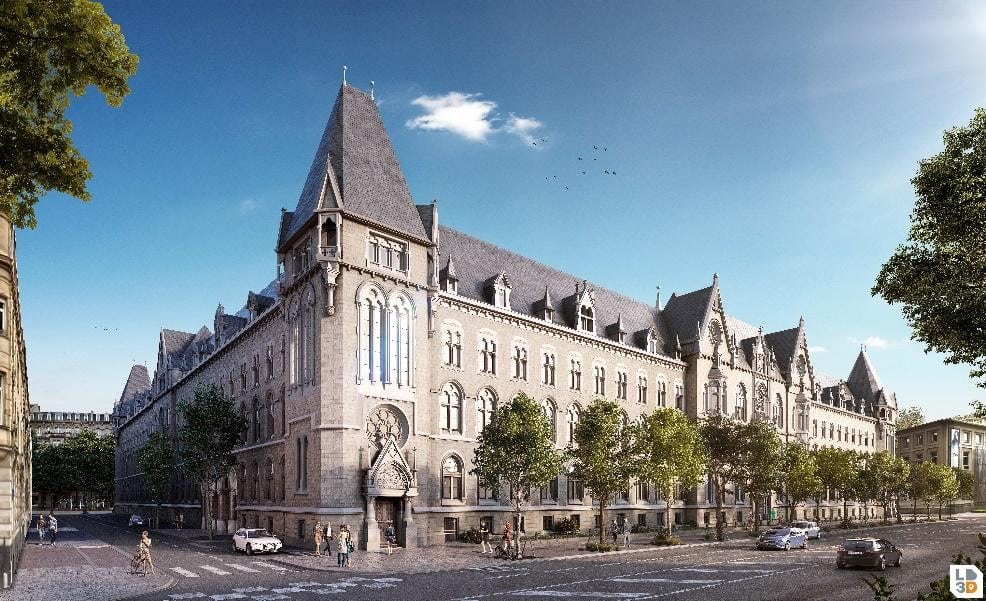
The project consists of the massive rehabilitation of the Hôtel des Postes in Strasbourg to significantly reduce the building’s carbon footprint. Reducing the carbon footprint of the construction of a former…

With a level of wood construction never seen before in France, Bouygues Immobilier’s SENSATIONS construction program stands out for its ability to meet…
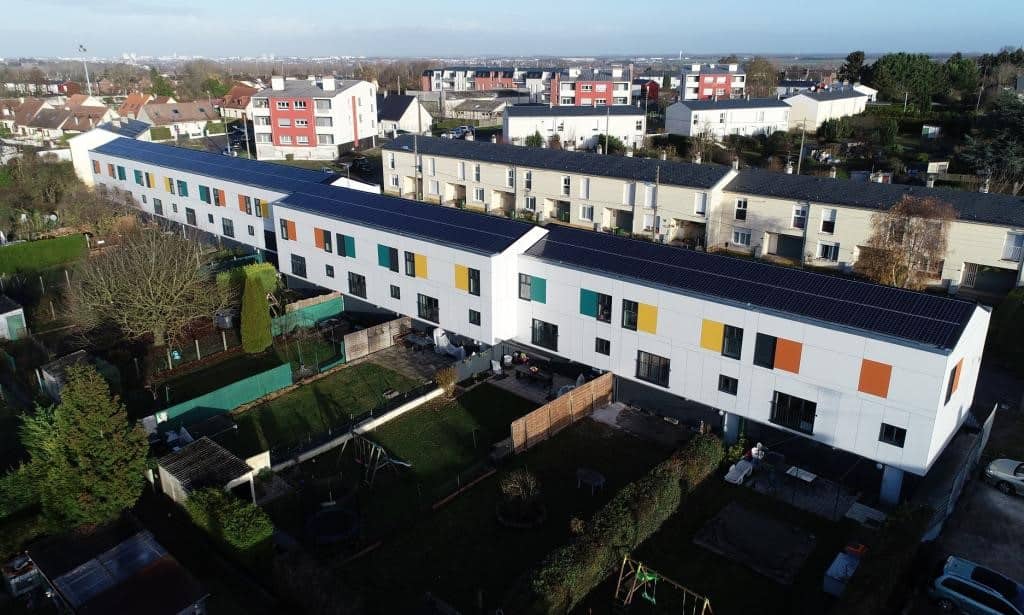
Bouygues Construction is developing an innovative approach aimed at industrializing the energy renovation of housing. The first pilot project was launched in Longueau, with 12 housing…
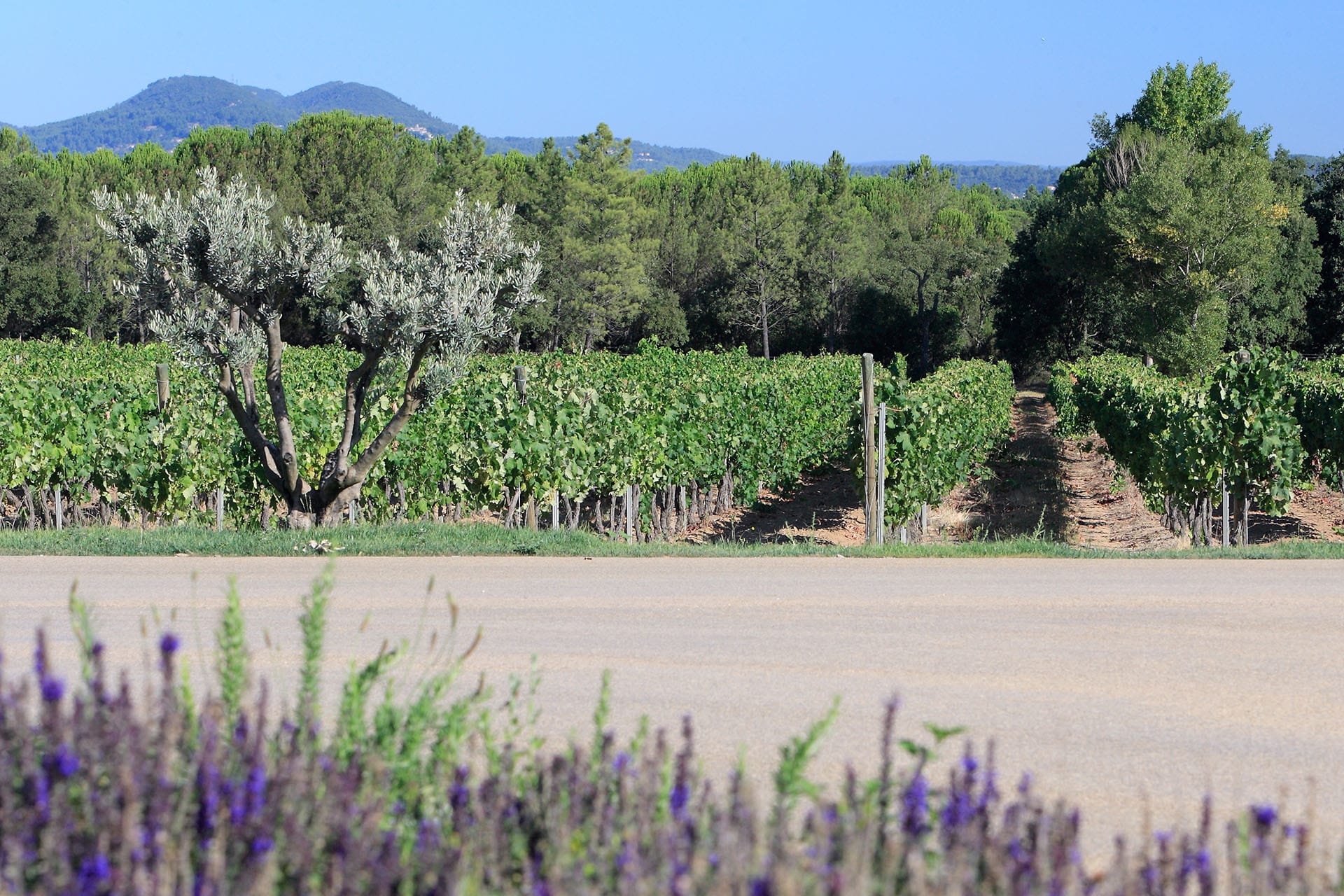
The long-term goal of the present project is to replace petroleum-based bitumen (the binder used in asphalt mixes for roadways) with a plant-based binder.
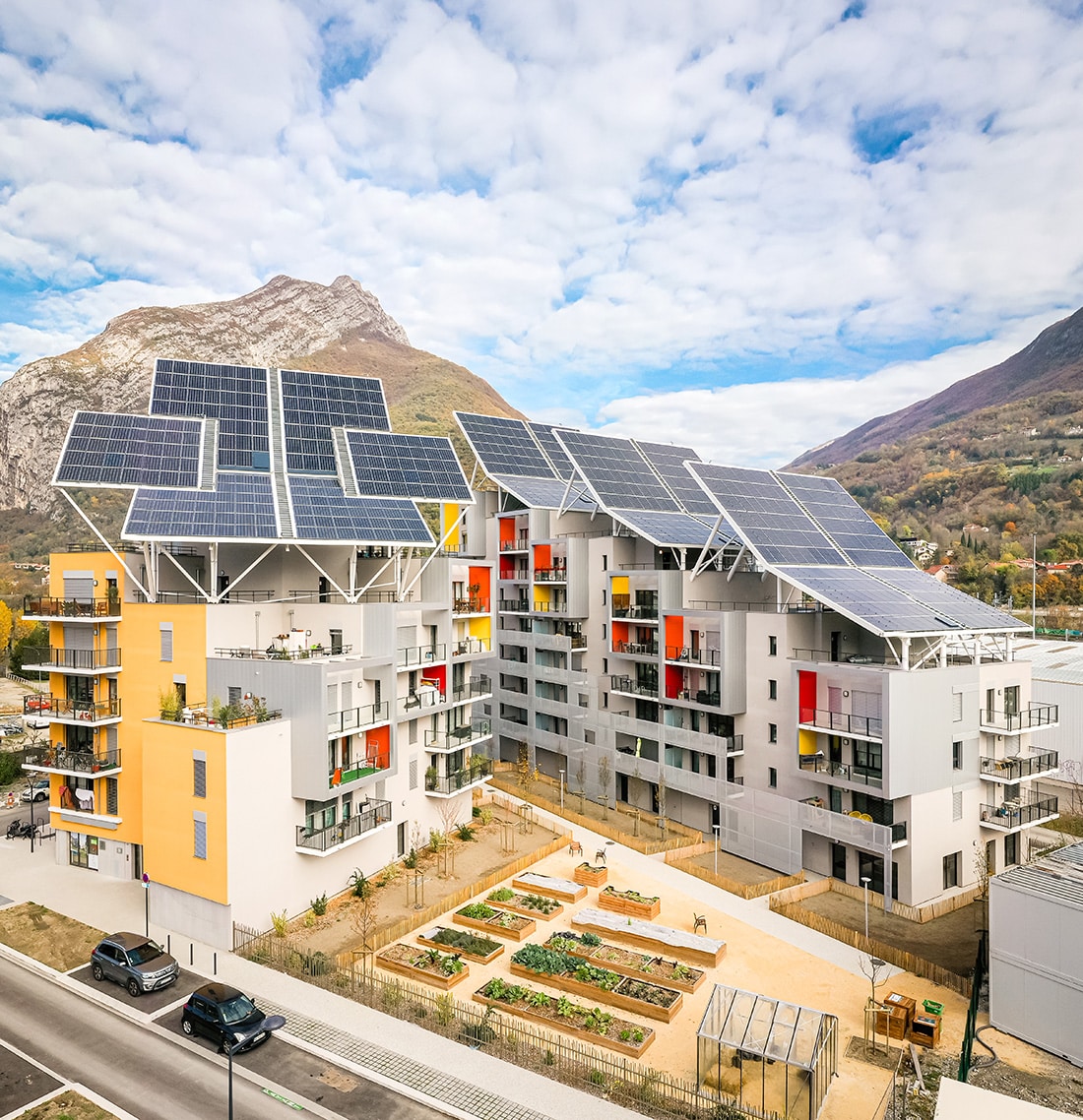
Designed by Bouygues Construction’s R&D teams with the architectural office Valode & Pistre, ABC (Autonomous Building for Citizens) is the first autonomous building concept in France…
AFEP (Association of French large companies) is an association representing 111 of the largest companies operating in France. It participates in the public debate with the ambition to provide pragmatic answers in favour of the development of a competitive and sustainable French and European economy, conducive to the growth of all companies.